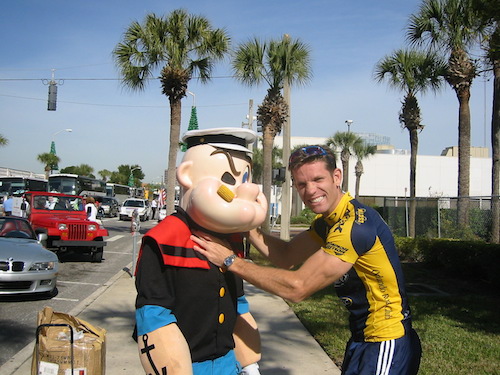We get questions about how to integrate what we do at Smart Strength with other activities. People seem to have difficulty rectifying how such a small dose of exercise could reap huge rewards in their recreational activities.
Specificity
First, we don’t want your training to take away from your chosen activity. This means we strive for the minimum effective dose of resistance training to manifest the vast majority of the benefits achievable. For endurance athletes, this means that they really only need one workout per week with us, but you need to drop your endurance work by 20%. Studies show that the combination of strength and endurance only works if some of the endurance activity is replaced with strength work. It’s also been shown from the same studies that this strength work reduces injury potential and improves oxygen consumption.
So how might that look in practice? My friend Patrick Diver has combined an approach similar to ours with his cycling. In this interview, he explained the schedule he used when competing at the highest levels (Florida Pro I/II criterium championship):
- Monday: Off
- Tuesday: Intervals on bike + short (Smart Strength-style resistance) session
- Wednesday: Training Race
- Thursday: Off
- Friday: Off
- Saturday: Race
- Sunday: 2.5 hour fast group ride
Total weekly hours: 5-7
It’s hard for competitive athletes to believe that such a small amount of work could lead to such a result, but now you have proof. If you have a limited number of hours, doing training specific to your distance, combined with our Smart Strength system, will yield a very favorable result.
Remember, unless you have a specific performance goal that pertains to the gym, you don’t have to spend much time there to get the benefits to health and vitality. The gym only improves the baseline strength of the muscles involved; you’ve got to use them in the activity to maximally transfer that raw strength. It’s really that simple.

